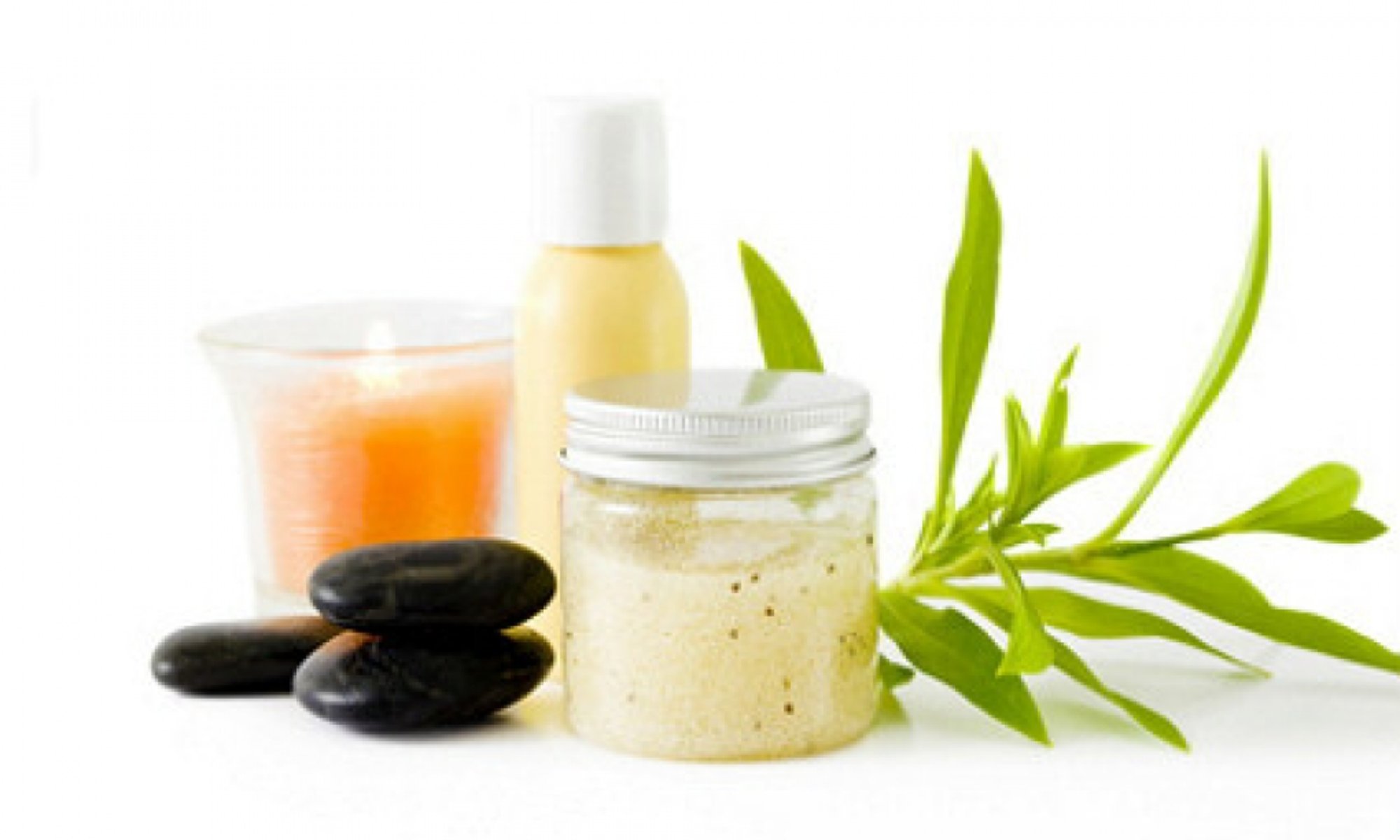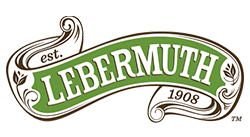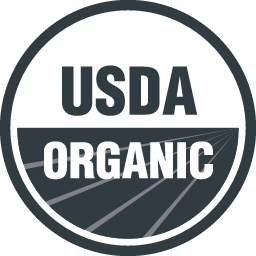Beginner's Guide to Natural/Organic
by Publication repost, on Dec 04, 2019
REPOST l Cosmetics & Toiletries
Browsing a cosmetic counter, searching online or tuning into home shopping networks, one cannot help but notice the ever-increasing number of cosmetic and personal care products purporting to be green, natural or organic that are obviously targeting the rapidly growing environmentally conscious consumer and spa markets. Entire sections of exhibitions and trade shows have been dedicated to creatively promoting the healthful and wholesome benefits of green personal care. Not only has organic/natural labeling gained prominence in the cosmetic market, but also the concepts of sustainability and renewability.
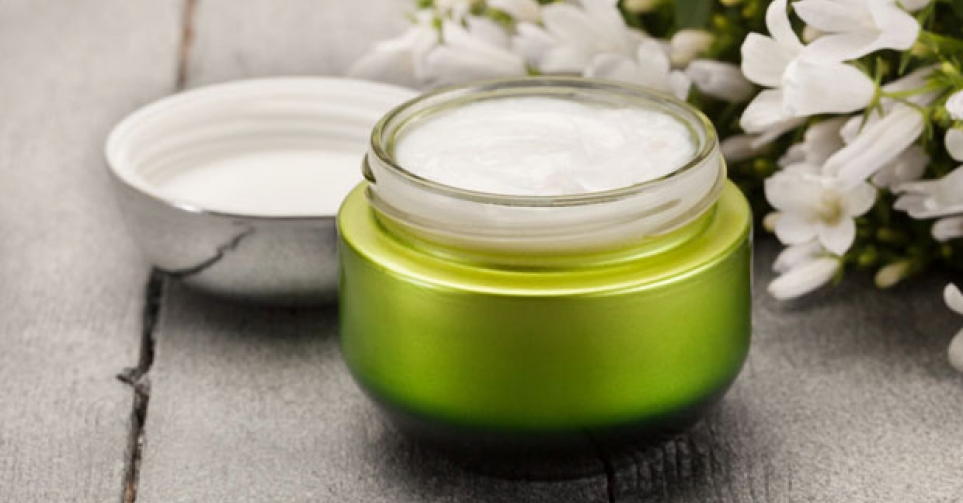
In fact, recent research has shown that more than half of global consumers profess their beauty and grooming product choices are either often or always influenced by the apparent environmental friendliness and social responsibility of the brand. One of the challenges faced, however, is that with the exception of organic, terms such as natural and green do not have any regulatory definition; although they do have a generic public perception of goodness.
The U.S.-based Natural Products Association (NPA) has established defined qualifications for natural and does offer a nonregulatory natural certification for foods, household and personal care. There is no comparable definition or certification for the term natural. Companies choosing these progressive strategies therefore must be fully aware not only of the U.S. regulatory and certification requirements associated with substantiating these types of claims, but also the necessity for basic safety and efficacy testing. This article serves as a guide.
Organic Standards
In the U.S., the U.S. Food and Drug Administration (FDA) regulates cosmetics under the authority of the Federal Food, Drug and Cosmetic Act (FD&C Act) and the Fair Packaging and Labeling Act (FPLA). The term organic is not defined in either of these laws or any other regulations the FDA enforces. The National Organic Program (NOP), however, does provide a definition of organic—albeit in foods.
The NOP was made law in October 2002 and is overseen by the U.S. Department of Agriculture (USDA). It follows the Organic Food Production Act of 1990, which required the USDA to develop national standards for organic products. These NOP regulations address all aspects of food production, processing, delivery and retail sale. Unlike organic foods and beverages, however, the USDA has not created specific standards for formulating, producing, processing, handling or labeling cosmetics or personal care products that contain organic ingredients.
Since there are no specific organic standards for personal care products, if a manufacturer wants to create a product that claims its ingredients are organic, the final product must go through a mandatory certification process. Without such certification, any organic claim on the principal display panel or any use of the USDA Organic seal anywhere on the package is prohibited. Without certification, however, it is permissible to indicate on the information panel that the product contains certified organic ingredients, along with their percentages.
If a personal care product contains or is made up of agricultural ingredients that meet the USDA/NOP organic production, handling, processing and labeling standards, it may also be eligible to be certified under NOP regulations. These requirements specify that a USDA accredited organic certifying agent must verify the operations that produce the organic agricultural ingredients, plus the handlers of these agricultural ingredients and the manufacturer of the final product, comply with NOP requirements. A list of USDA Accredited Certifying Agents can be found on the NOP agency website.
Organic Certification
For organic certification of a farm or business in the U.S., the following five basic 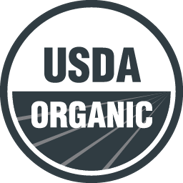 steps are required:
steps are required:
- The farm or business must adopt organic practices, select a USDA-accredited certifying agent, and submit an application and applicable fees to the certifying agent.
- The certifying agent will review the application and verify that the practices specified comply with USDA (NOP) organic regulations.
- A designated inspector will conduct an on-site inspection of the applicant’s operation and verify NOP compliance.
- The certifying agent will then review the application and the inspector’s report to determine if the applicant complies with the required USDA organic regulations.
- If all is in order, the certifying agent approves certification and issues the organic certificate.
In order to maintain organic certification, a certified organic farm or business must annually go through the review and inspection process. If the operation is not located in the U.S., there are other alternative international options for organic certification.
Organic Labeling
Once an organization is deemed compliant, the following criteria for allowable labeling is applicable:
“100% organic.” The product must contain (excluding water and salt) only organically produced ingredients. Products may display the USDA Organic Seal and must display the certifying agent’s name and address.
“Organic.” The product must contain at least 95% organically produced ingredients (excluding water and salt). The remaining ingredients must consist of nonagricultural substances approved on the National List, or nonorganically produced agricultural products on the National List that are not commercially available in organic form. Products may display the USDA Organic Seal and must display the certifying agent’s name and address.
“Made with more than 70% organic ingredients.” These products must contain at least 70% organic ingredients and the product label can list up to three of the organic ingredients or “food groups” on the principal display panel. For example, a body lotion made with at least 70% organic ingredients (excluding water and salt) and only organic herbs may be labeled as either, “body lotion made with organic lavender, rosemary and chamomile;” or “body lotion made with organic herbs.” These products may not display the USDA Organic Seal but must display the certifying agent’s name and address.
“Made with less than 70% organic ingredients.” Products made with less than 70% organic ingredients cannot use the term organic anywhere on the principal display panel. They may, however, identify the specific ingredients that are USDA-certified as being organically produced in the ingredients statement on the information panel. These products may not display the USDA Organic Seal and may not display a certifying agent’s name and address. Water and salt also are excluded here.
Product Safety
Newcomers to cosmetics manufacturing often believe that because they or their family members have used a product on themselves with no apparent issues, or 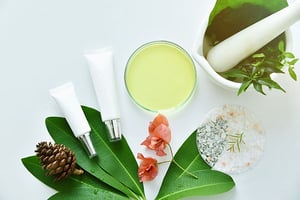 because the product contains ingredients that are natural, organic or botanical, that the product must be safe. As is well-known, this assumption is absolutely incorrect. In many cases, a natural or botanical ingredient may harbor chemical or microbial contaminants that can be harmful to the consumer. For example, poison ivy is natural, organic and botanical; however, it is not safe for most of the population.
because the product contains ingredients that are natural, organic or botanical, that the product must be safe. As is well-known, this assumption is absolutely incorrect. In many cases, a natural or botanical ingredient may harbor chemical or microbial contaminants that can be harmful to the consumer. For example, poison ivy is natural, organic and botanical; however, it is not safe for most of the population.
In addition to proper ingredient certification and labeling, verification of product safety and the proof of product effectiveness are the most critically important prequalification elements in new product introductions. According to the FDA (CFR 21, ch 1, subchapter G, part 740, subpart B, 740.10), each ingredient used in a cosmetic product and each finished cosmetic product must be adequately substantiated for safety prior to marketing. Any such ingredient or product whose safety is not adequately substantiated prior to marketing is misbranded unless it contains the following conspicuous statement on the principal display panel: Warning—the safety of this product has not been determined.
Since the FDA does not have a specific list of the safety tests required for any particular cosmetic product category or ingredient, it becomes the responsibility of the manufacturer to ensure their product is safe when used in accordance with label directions, or used in a way that it is normally and customarily intended for the product.
Further to providing no explicit test method guidance for accomplishing adequate substantiation of safety, the agency also does not specifically define what “adequately substantiated for safety” entails. In order to compensate for this lack of specific direction, the industry has established protocols that are generally adopted and considered as acceptable for this purpose. These industry-developed procedures are now routinely conducted on new cosmetic products and ingredients, and are considered to be the minimum criteria necessary to satisfy the safety verification for regulatory requirements.
There are no organic standards for personal care products. To make these claims, it is mandatory that products be certified.
